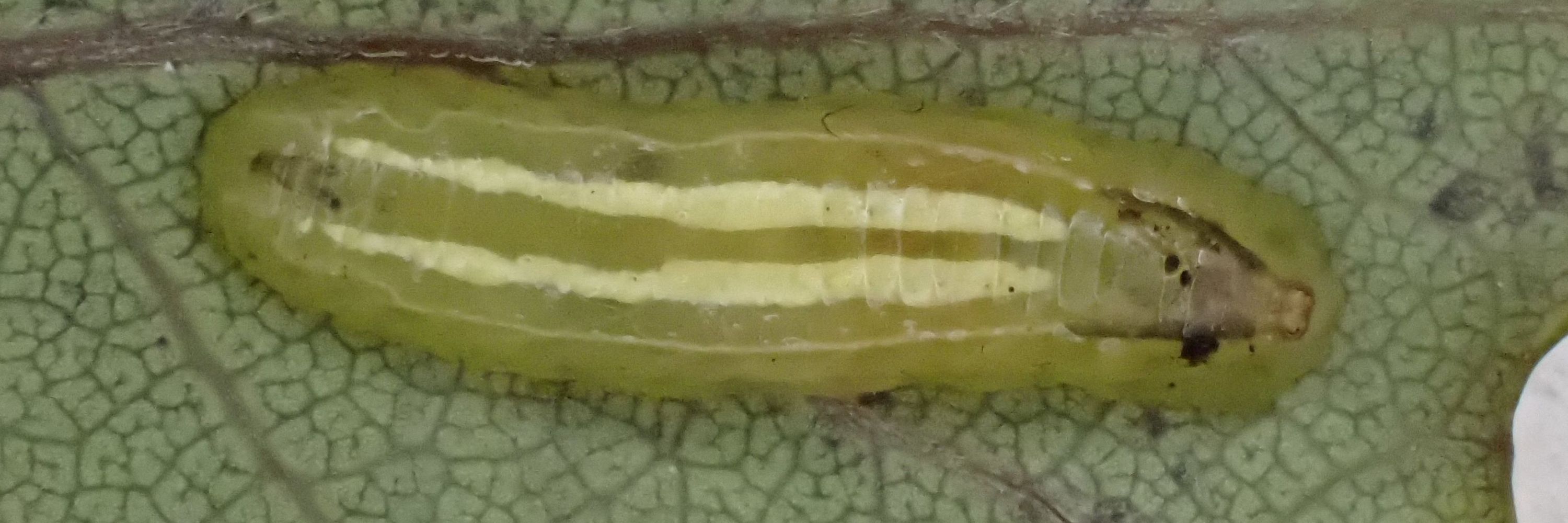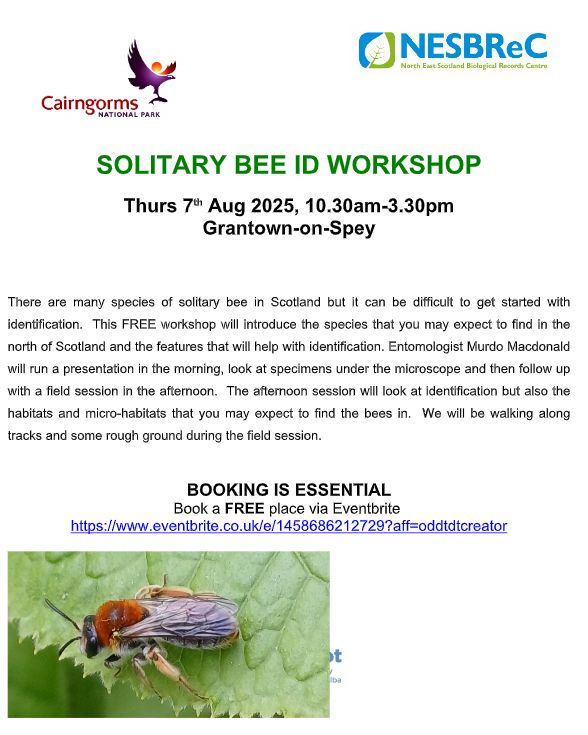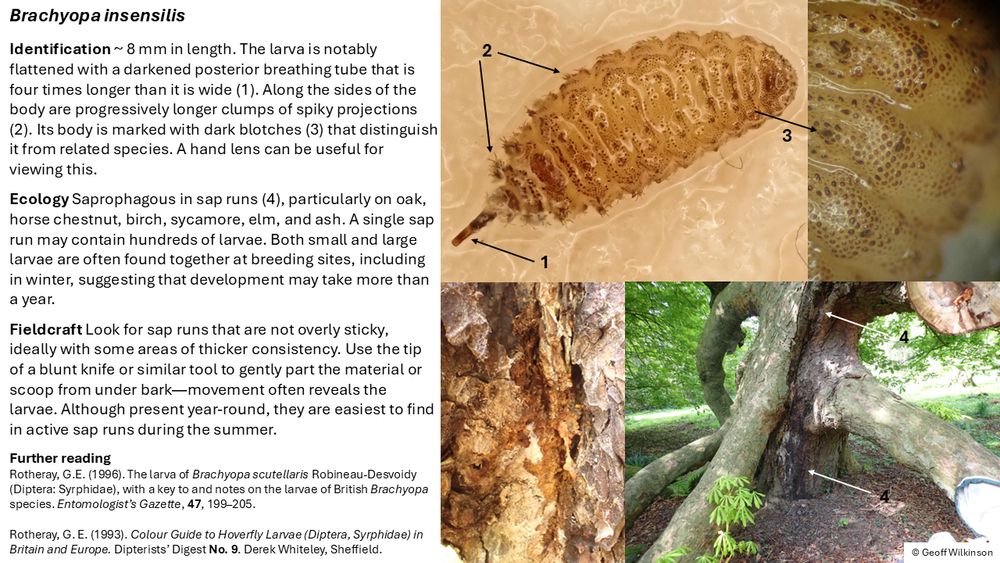Geoff Wilkinson
@geoffwilkinson.bsky.social
720 followers
400 following
170 posts
North East Scotland Biological Records Centre | Freelance Entomologist, specializing in Diptera. https://www.linkedin.com/in/geoffrey-wilkinson-54b726245/
Posts
Media
Videos
Starter Packs
Pinned
























